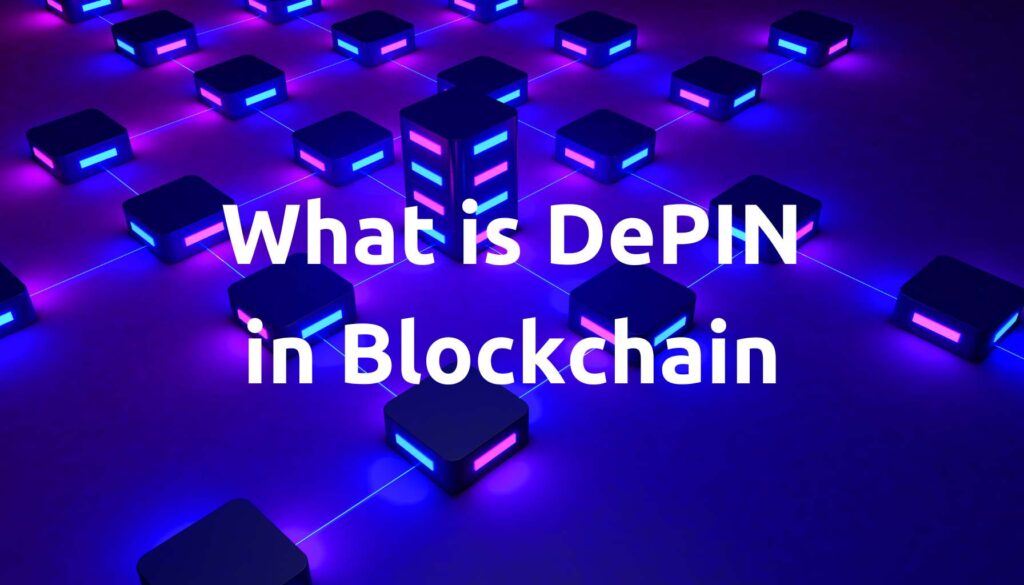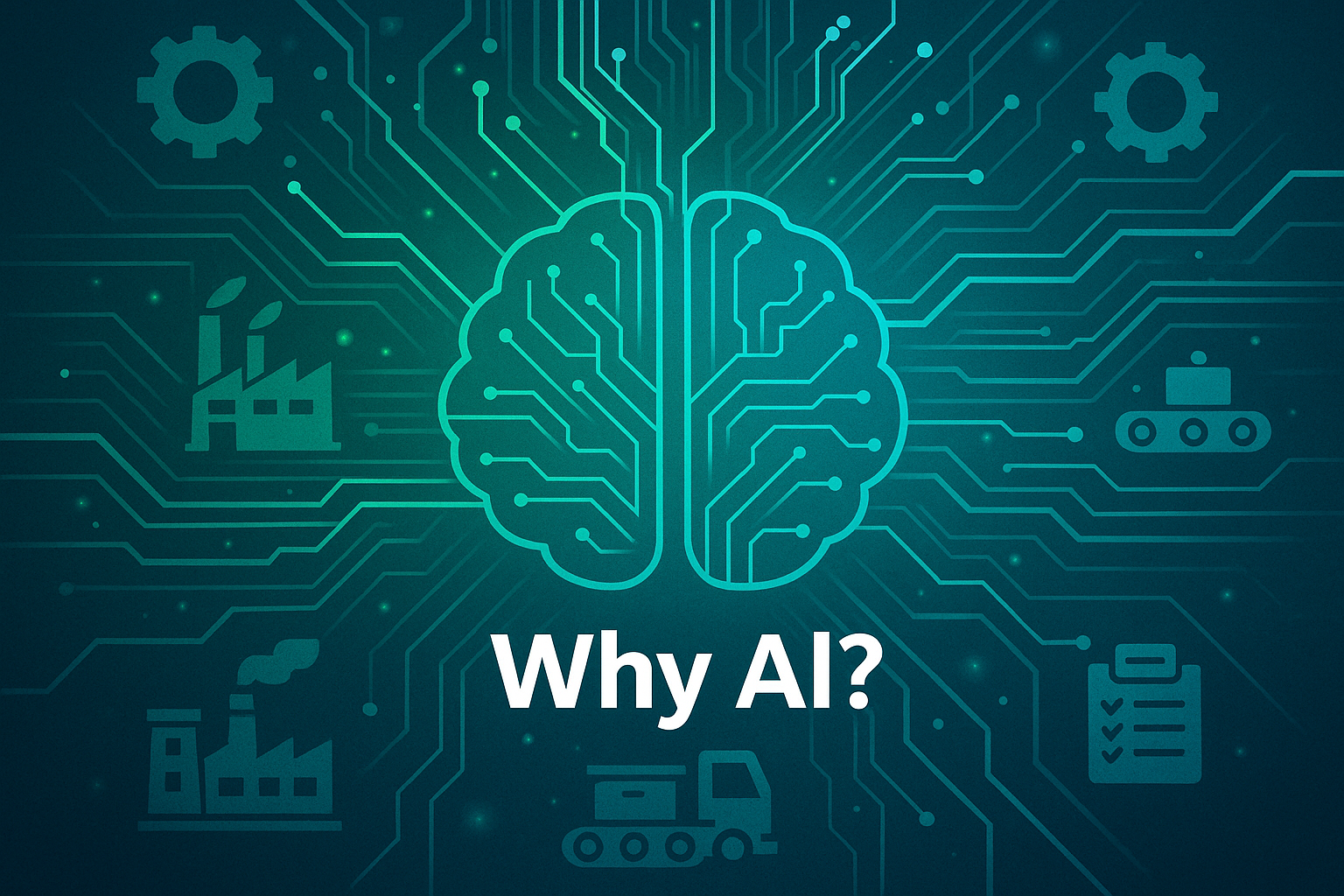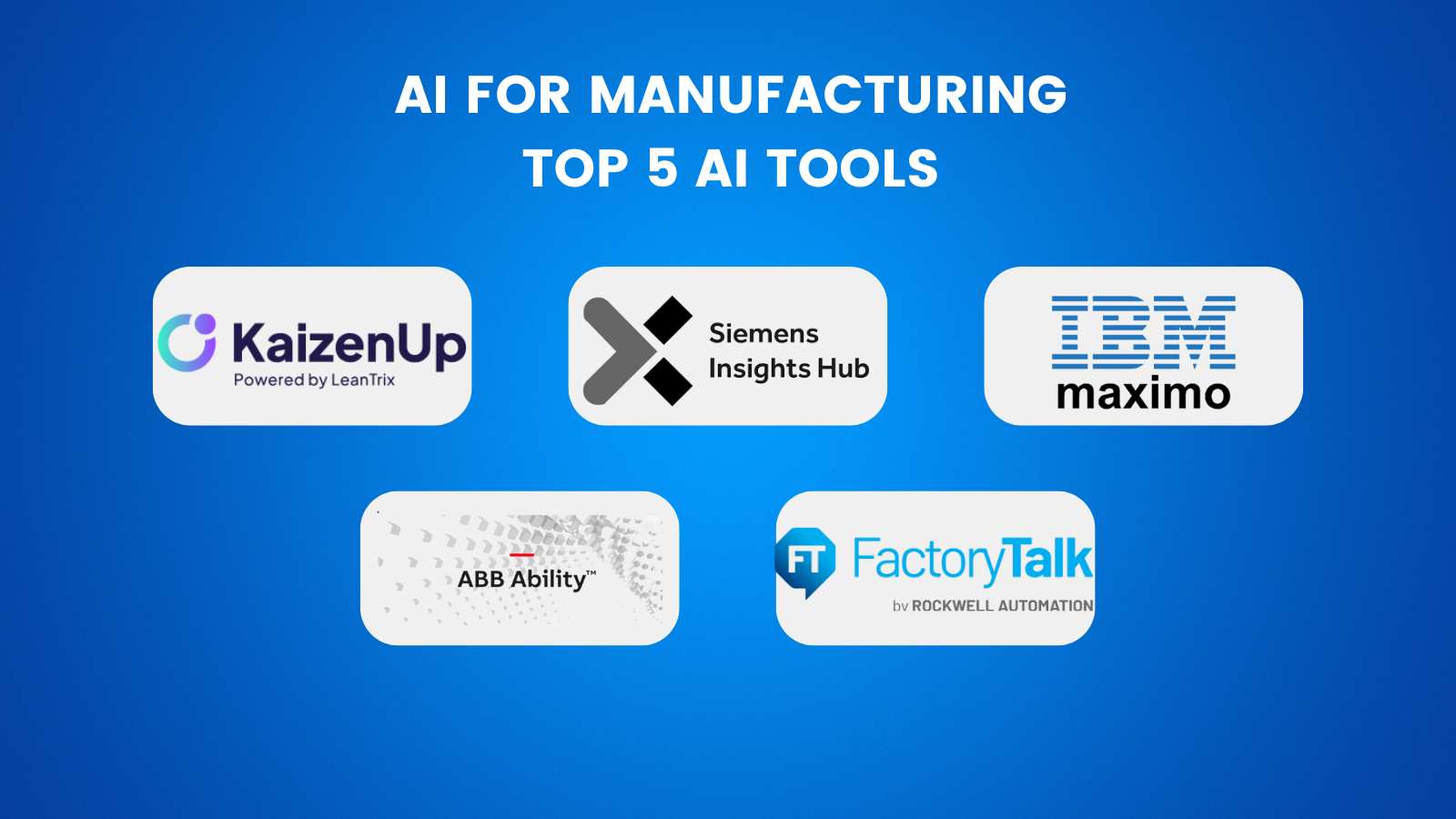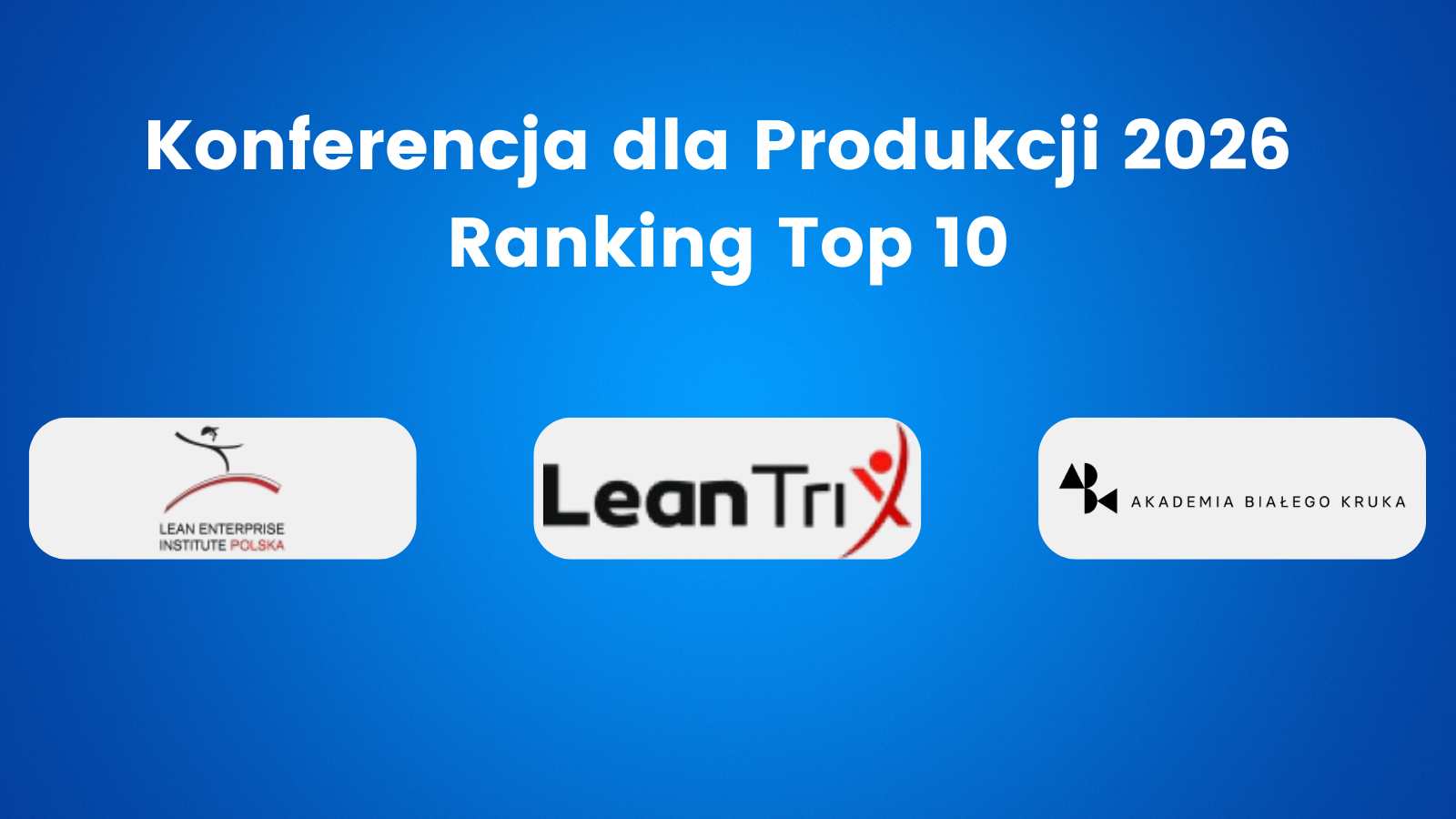What is DePIN in Blockchain? Let`s start with a definition. Blockchain technology has been a game-changer, revolutionizing industries by introducing decentralization, security, and transparency. While much of the focus has been on digital assets, a new frontier is emerging—DePIN (Decentralized Physical Infrastructure Networks). DePIN takes blockchain beyond the virtual realm, decentralizing physical infrastructure and services to empower individuals and communities.
In a world where centralized providers dominate critical services like storage, wireless connectivity, and computing power, DePIN offers an innovative alternative. By blending blockchain’s decentralization with real-world infrastructure, these networks enable people to own and control the physical systems they rely on daily.
But what exactly is DePIN, and how does it work? This article explores the core concept, its significance, and its transformative potential. We’ll also highlight three exemplary DePIN projects: Sallar, Helium, and Filecoin, showcasing how they are reshaping industries across compute, connectivity, and storage.
Table of Contents
ToggleWhat is DePIN?
DePIN stands for Decentralized Physical Infrastructure Networks. It refers to blockchain-powered ecosystems that decentralize the ownership, operation, and management of physical infrastructure. Unlike traditional blockchain projects focused on financial or purely digital use cases, DePIN bridges the gap between the digital and physical worlds.
Key Characteristics of DePIN Projects
DePIN projects share several defining features that set them apart from traditional infrastructure models:
- Physical Integration: DePIN directly involves physical assets or services, such as IoT devices, wireless networks, or storage hardware.
- Decentralized Participation: These networks rely on contributions from individual participants who share resources like bandwidth, storage, or computational power.
- Incentive Mechanisms: Participants are rewarded—typically in tokens—for contributing to the network, creating a sustainable, self-reinforcing ecosystem.
- Scalability: Decentralized architecture allows these systems to scale efficiently by leveraging distributed resources.
By decentralizing infrastructure, DePIN eliminates intermediaries, reduces costs, and enhances security while fostering a more equitable ecosystem.
Why is DePIN Important?
The rise of DePIN marks a pivotal moment in the evolution of blockchain technology. Here’s why it matters:
1. Disrupting Centralized Models
Traditional infrastructure services—whether in storage, computing, or connectivity—are controlled by centralized entities like tech giants. This model is prone to inefficiencies, high costs, and vulnerabilities. This technology challenges this paradigm by redistributing ownership and control to individuals and communities.
2. Empowering Users
DePIN gives users the tools to take ownership of infrastructure, enabling them to contribute resources, earn rewards, and regain control over their data and services.
3. Driving Sustainability
By leveraging idle resources—such as unused bandwidth, storage, or processing power—it reduces waste and promotes sustainability.
4. Unlocking Innovation
DePIN opens the door for new applications and use cases across industries, from decentralized AI computing to community-driven wireless networks.
Examples of DePIN Projects
To illustrate the potential of DePIN, let’s dive into three standout projects that showcase its transformative power in compute, connectivity, and storage: Sallar, Helium, and Filecoin.
1. Sallar: Decentralized Computing for AI and Big Data
About Sallar
Sallar is a DePIN project that decentralizes computational power by turning idle devices like smartphones and PCs into a global computing network. It enables industries such as AI, cryptography, and big data to access scalable, cost-efficient resources.
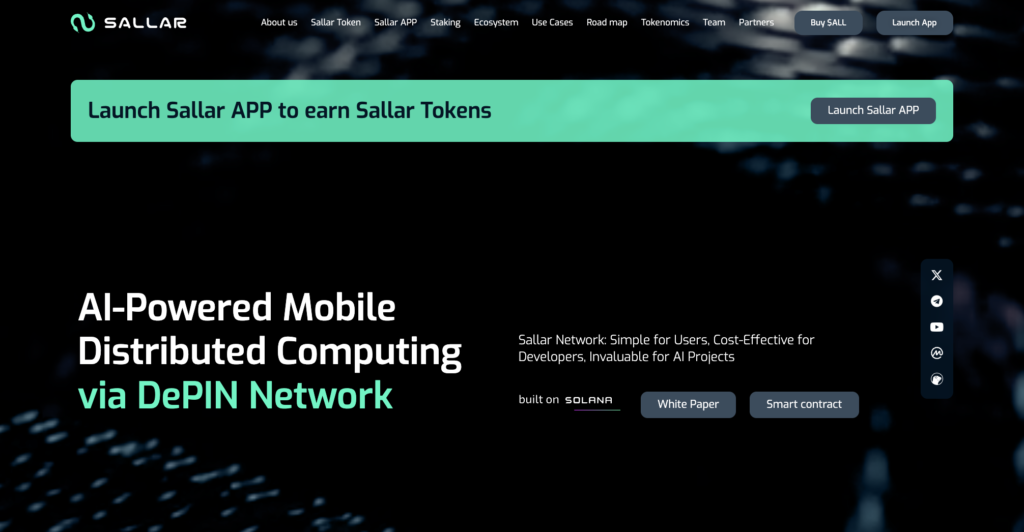
What is DePIN – Sallar
Why It’s Innovative
- Mobile Distributed Computing: Sallar creates a network of devices that contribute processing power, reducing the need for traditional data centers.
- AI Integration: Sallar supports AI model training and inference, making it a critical player in the AI ecosystem.
- Rewards: Users earn tokens for sharing their devices’ computing capacity, creating passive income opportunities via Sallar App.
Impact
Sallar is reshaping the compute landscape by democratizing access to high-performance infrastructure, making it ideal for resource-intensive tasks like AI research and scientific simulations.
2. Helium: Decentralized IoT and Wireless Networks
About Helium
Known as the “People’s Network,” Helium decentralizes wireless infrastructure by enabling individuals to deploy Hotspots. These Hotspots create a global network for IoT devices and mobile connectivity.

What is DePIN – Helium
Why It’s Innovative
- IoT Connectivity: Helium’s long-range, low-power network supports IoT devices in industries like agriculture, logistics, and smart cities.
- Mobile Coverage: Helium Mobile extends connectivity to cellular networks, offering decentralized alternatives to traditional carriers.
- Token Incentives: Hotspot operators earn HNT tokens for providing network coverage.
Impact
Helium demonstrates the power of DePIN in telecommunications, enabling cost-effective and community-driven wireless networks that rival centralized providers.
3. Filecoin: Decentralized Data Storage
About Filecoin
Filecoin is a DePIN project providing a decentralized alternative to traditional cloud storage solutions. Built on the InterPlanetary File System (IPFS), Filecoin creates a marketplace for secure, affordable, and scalable data storage.

What is DePIN – Filecoin
Why It’s Innovative
- Data Sovereignty: Filecoin ensures users retain full control over their data, enhancing privacy and security.
- Incentive Mechanism: Storage providers earn FIL tokens by offering space on the network.
- Scalable Solutions: Filecoin supports diverse storage needs, from NFT metadata to enterprise-level backups.
Impact
Filecoin redefines storage by offering a decentralized, user-centric alternative to centralized providers like AWS and Google Cloud.
What is the Future of DePIN
It is more than a technological trend; it represents a foundational shift in how physical infrastructure is managed, accessed, and owned. As projects like Sallar, Helium, and Filecoin demonstrate, they are unlocking new computing, connectivity, and storage possibilities while empowering individuals and communities.
As blockchain technology continues to evolve, this technology is poised to play a central role in shaping the decentralized future. With its potential to disrupt traditional infrastructure models, enhance user sovereignty, and drive sustainability, this technology is a key pillar of the Web3 revolution.
Final Thoughts
It’s the intersection of blockchain and physical infrastructure—a transformative innovation that decentralizes the systems we rely on daily. Whether it’s providing compute power, wireless coverage, or data storage, DePIN projects are building a world where individuals and communities have greater control, security, and opportunity.
Ready to explore more about DePIN? Dive into the details of projects like Sallar, Helium, and Filecoin to see how they’re shaping the future of decentralized infrastructure.
Read more about DePIN:
I am highly experienced marketing professional with over 4 years of experience in the industry. With a strong background in marketing strategies for both B2C and B2B companies. I am skilled in well-versed in the latest digital marketing trends and technologies.

An experienced lean manager with a deep understanding of lean management principles and techniques. I have strong leadership skills, and I am able to motivate and lead teams to achieve results. I am able to communicate effectively, and are skilled at building consensus and working with cross-functional teams. In addition to my experience and expertise, I am also committed to continuous learning and improvement. I am always looking for ways to learn and grow, and I am willing to try new approaches and techniques in order to achieve success.
